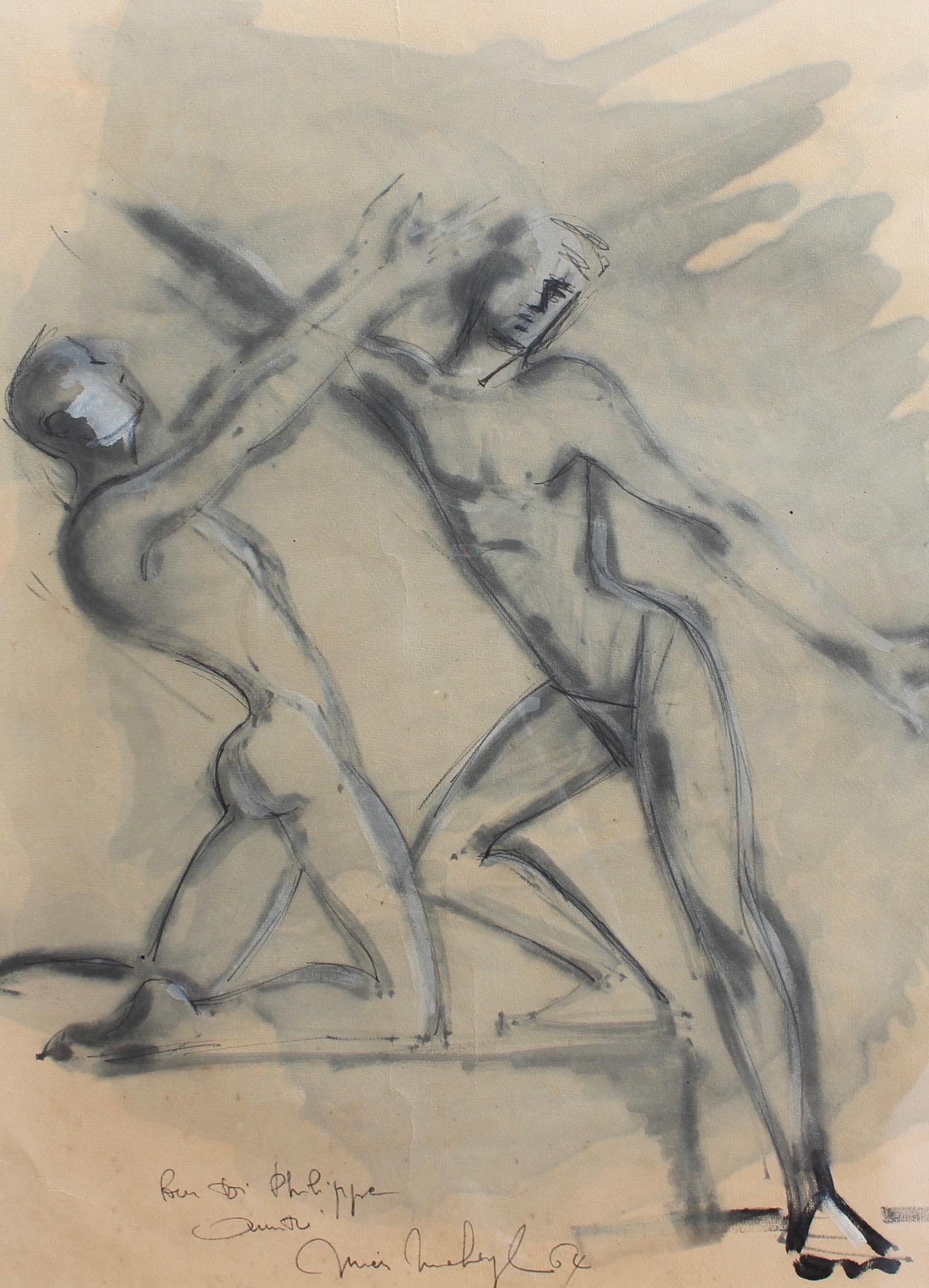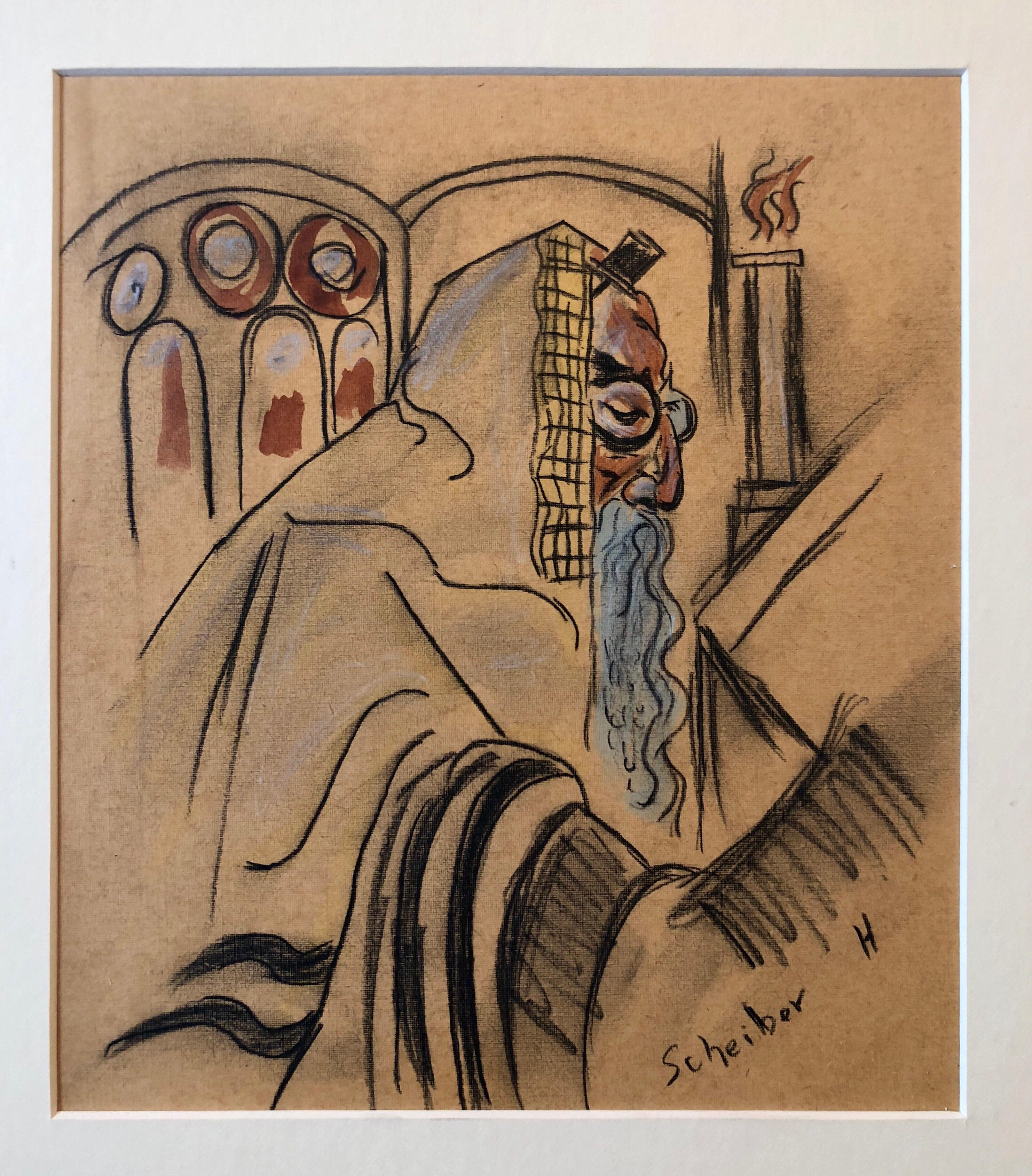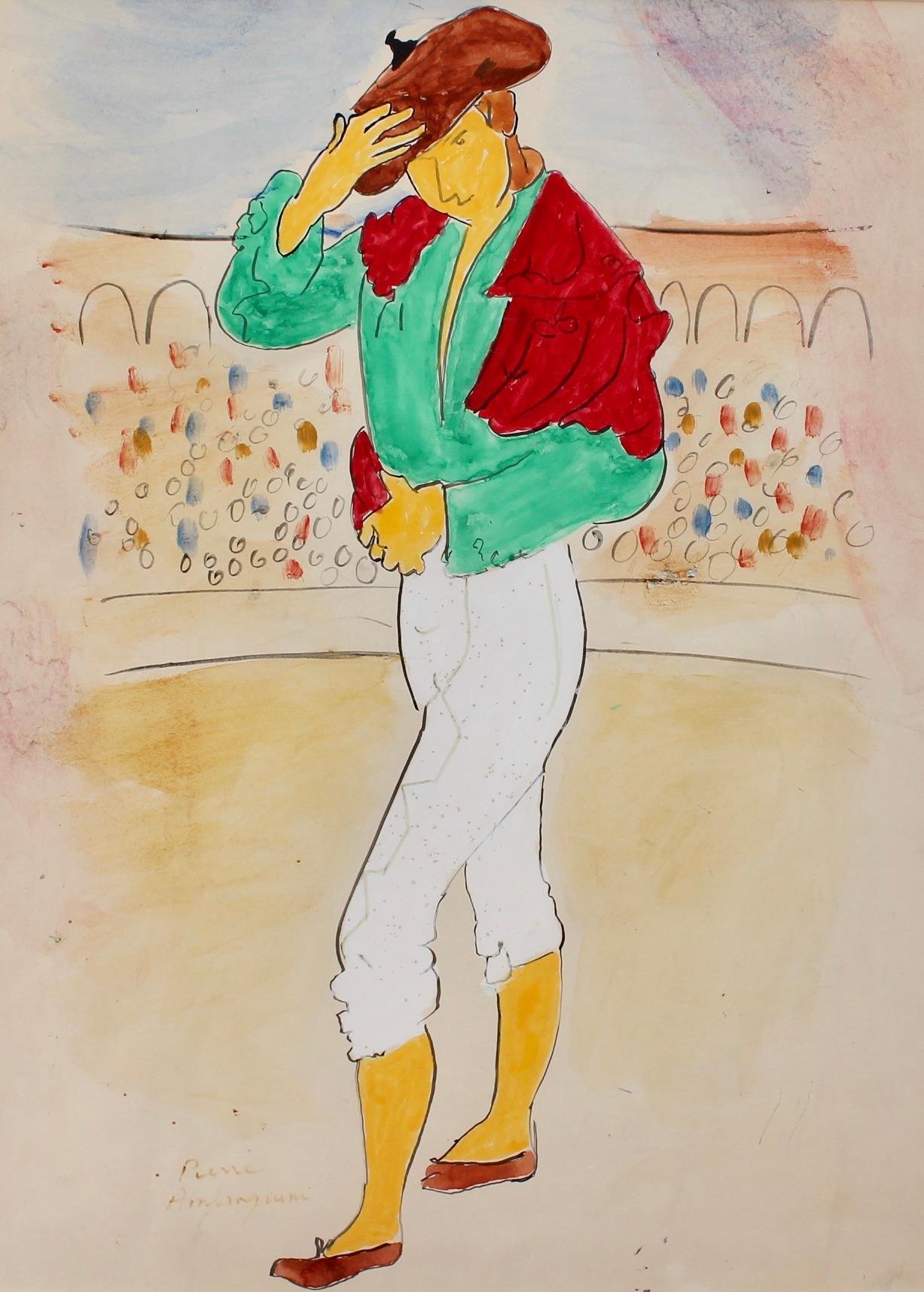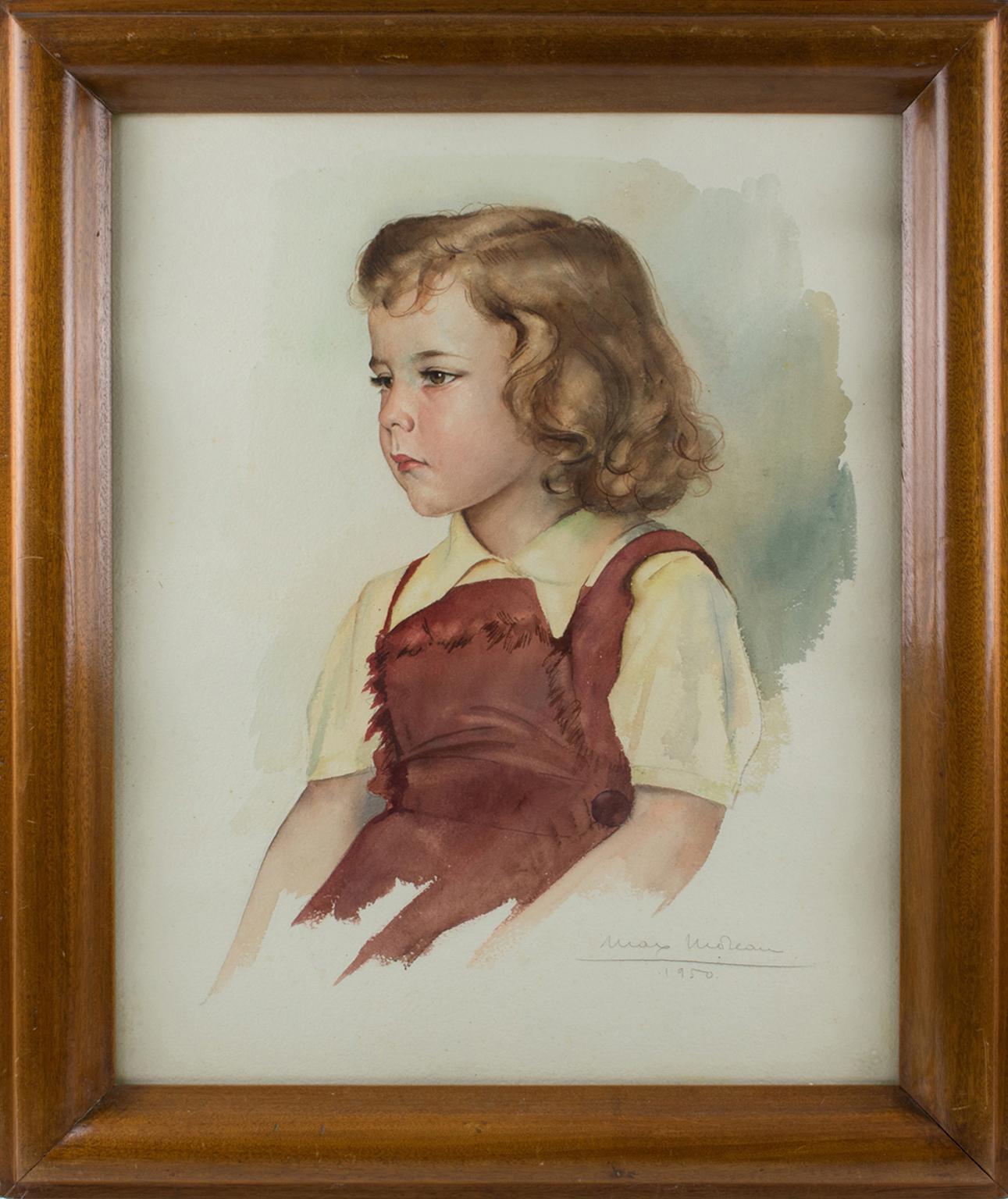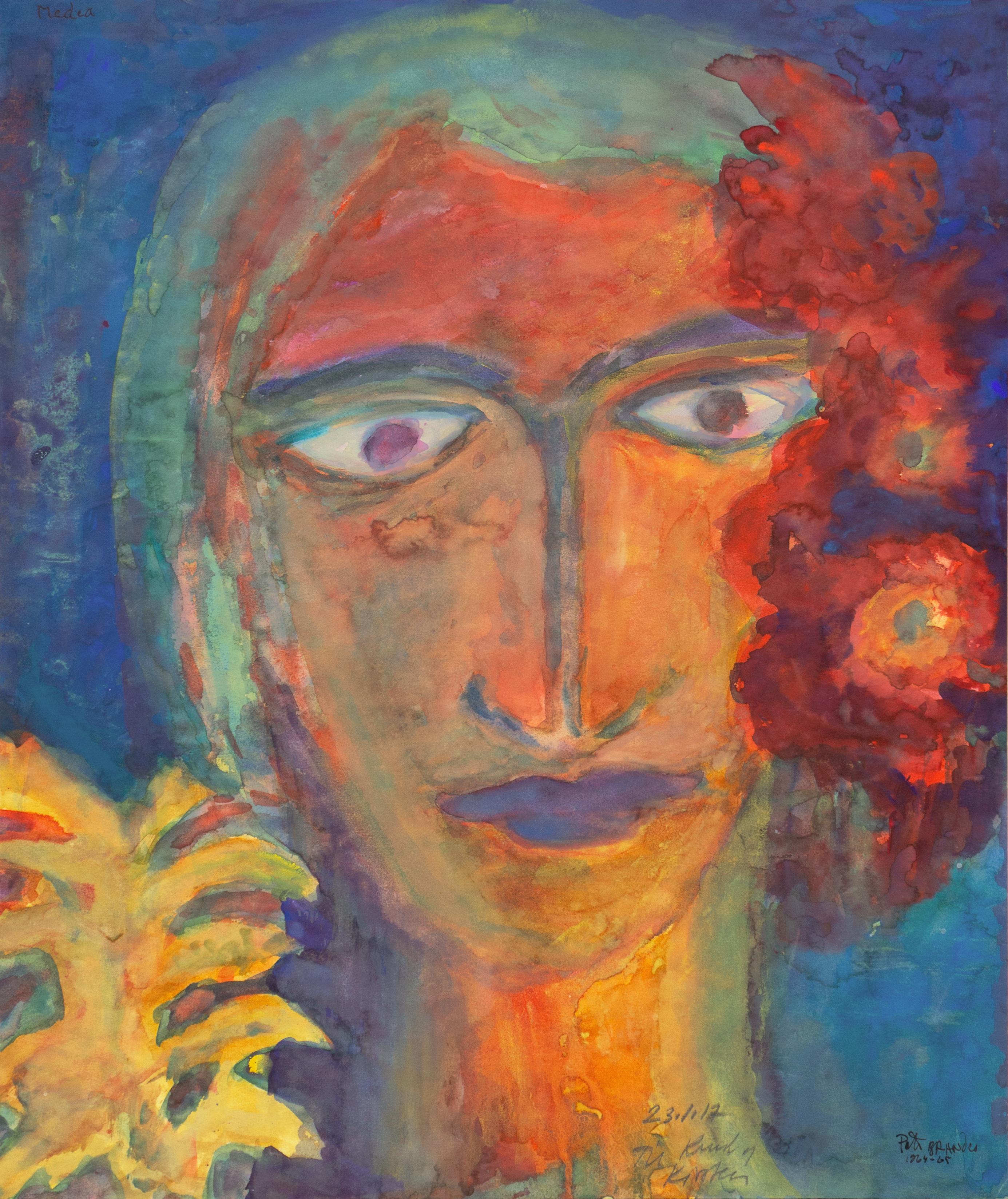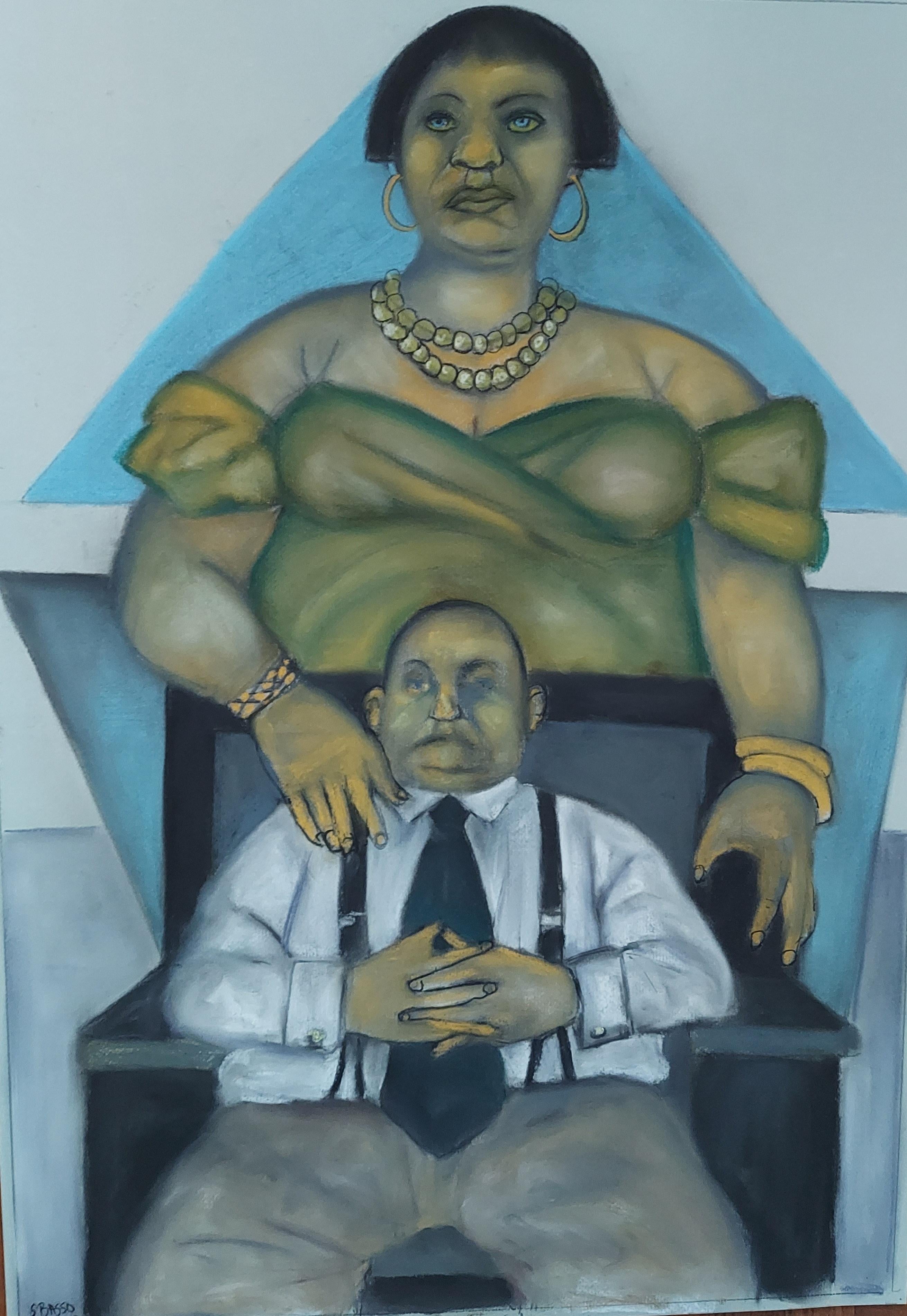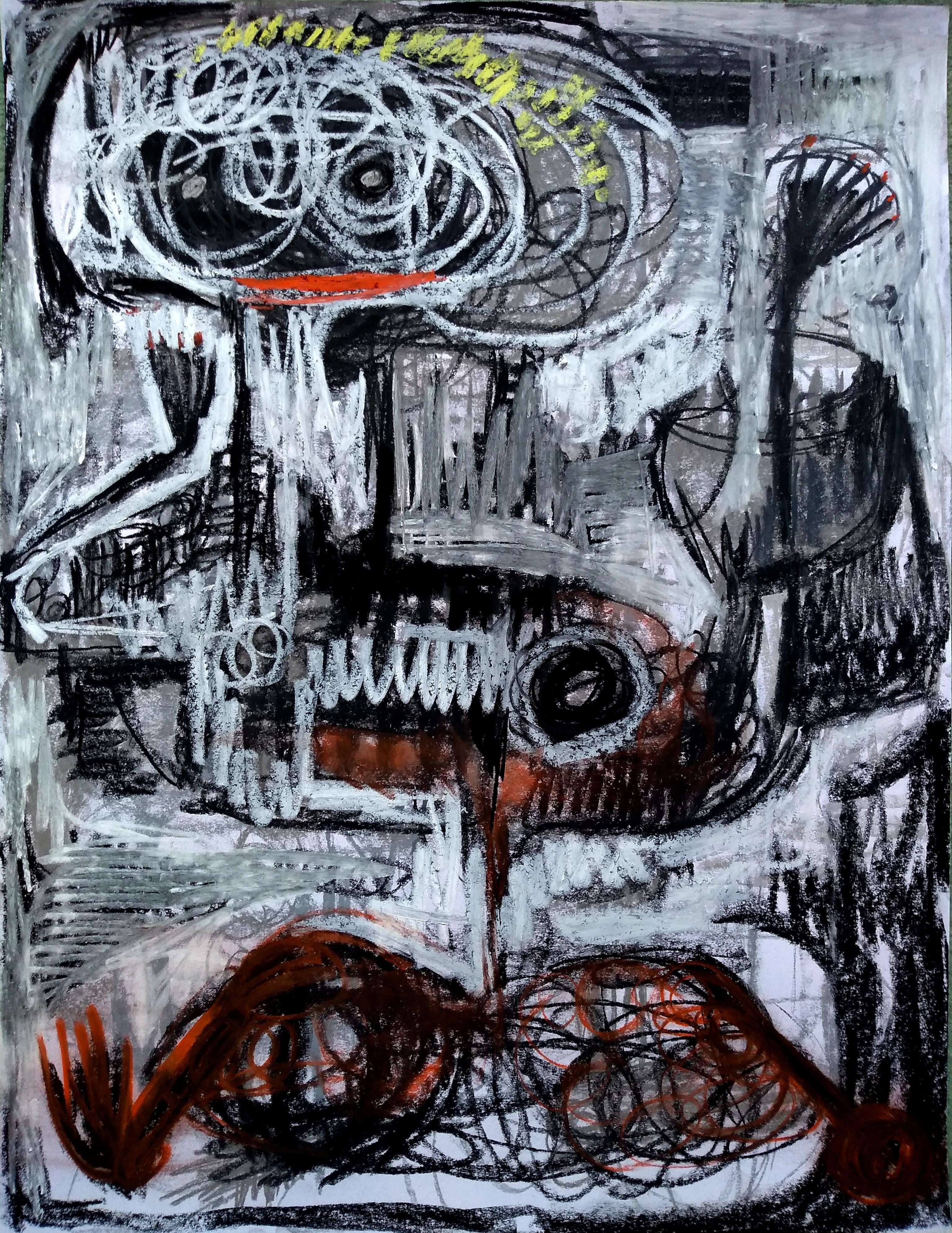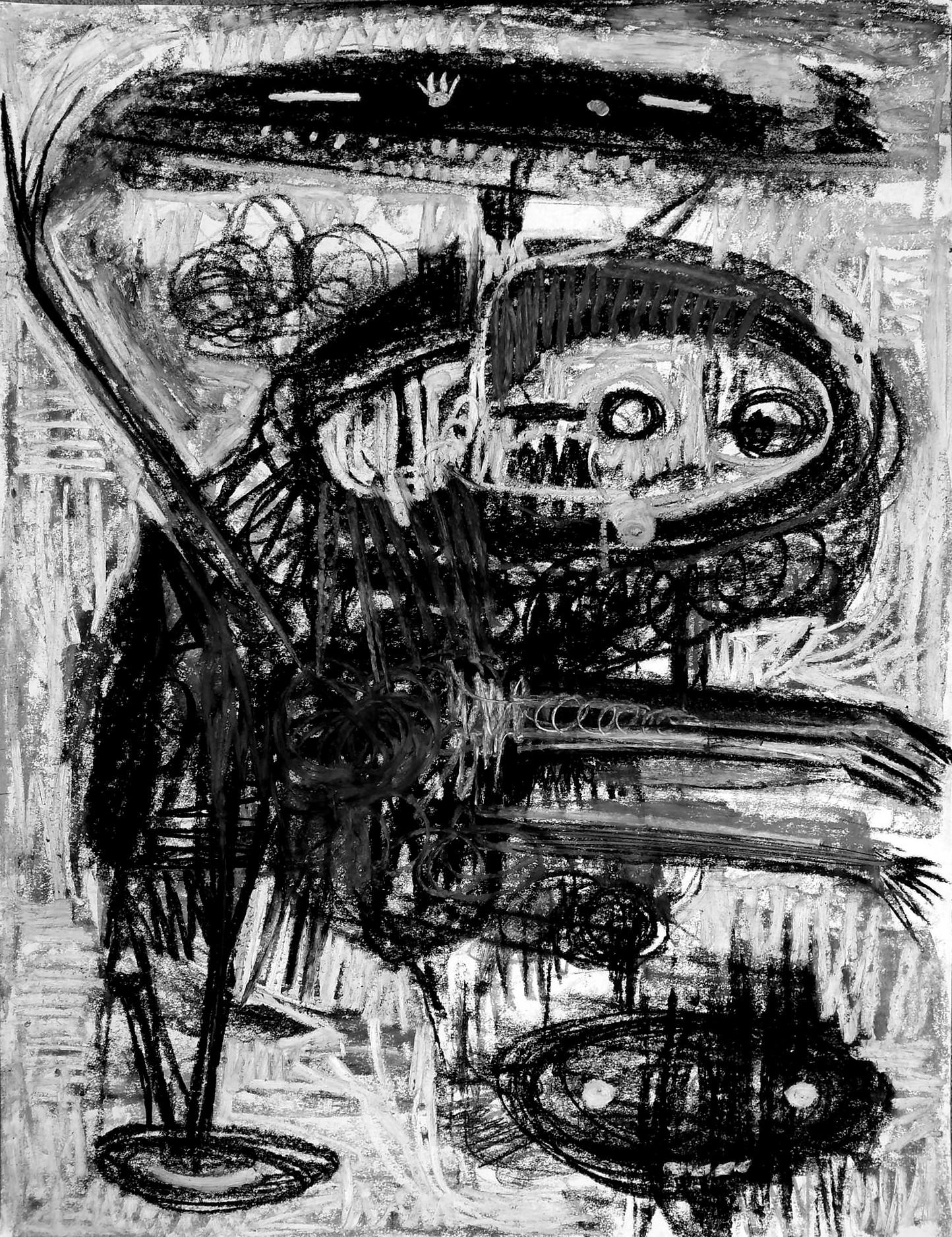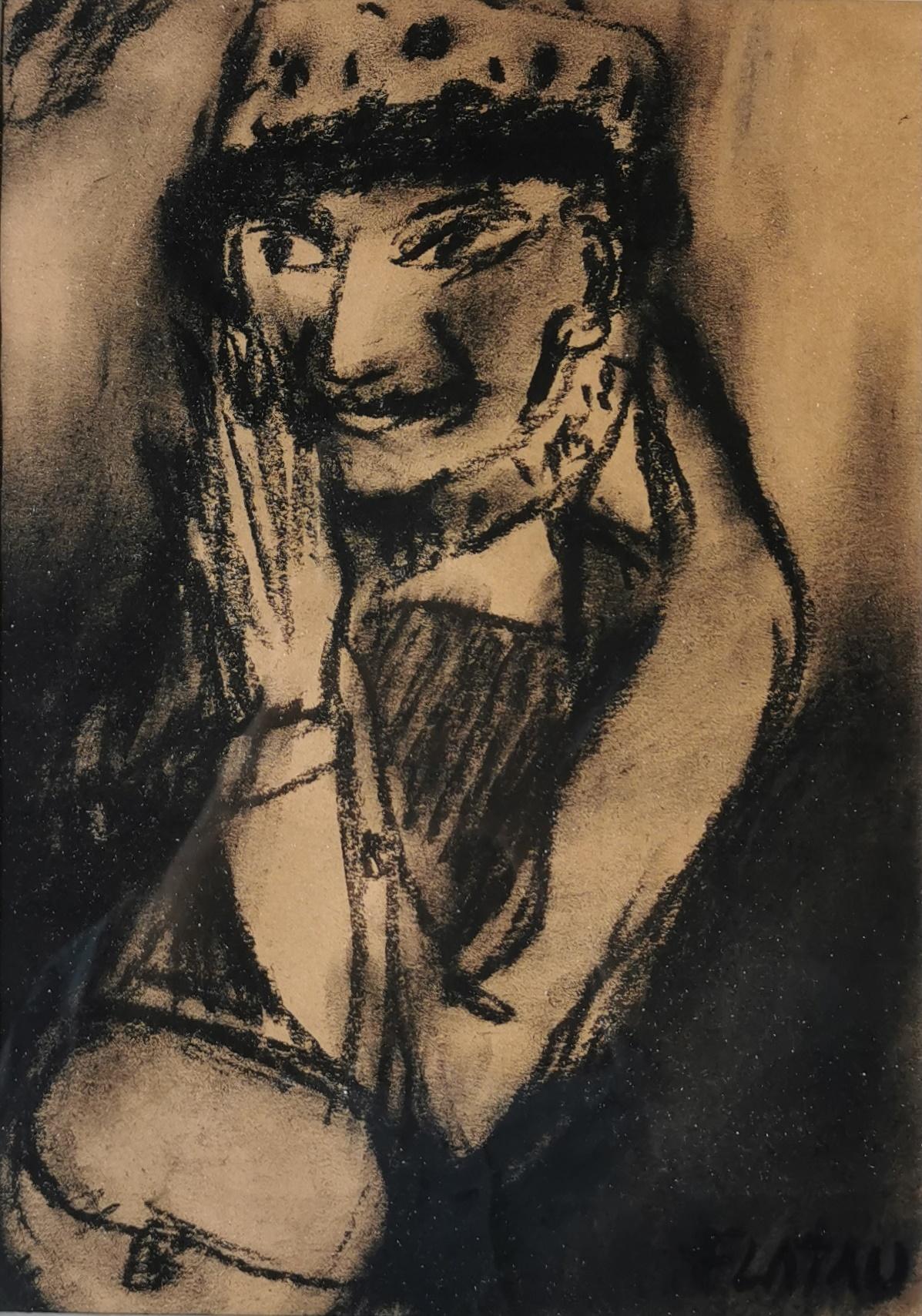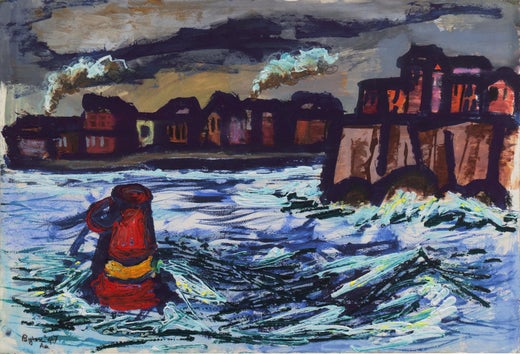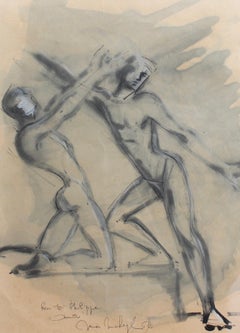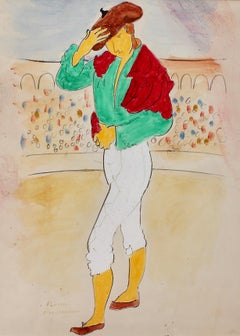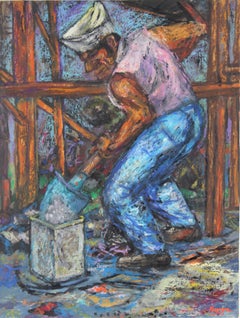
Portrait of a Worker with a Shovel, Pastel on Paper Drawing, 1954
View Similar Items
Byron RandallPortrait of a Worker with a Shovel, Pastel on Paper Drawing, 19541954
1954
About the Item
- Creator:Byron Randall (1918-1999, American)
- Creation Year:1954
- Dimensions:Height: 20 in (50.8 cm)Width: 15.25 in (38.74 cm)
- Medium:
- Movement & Style:
- Period:
- Condition:Minor vintage wear.
- Gallery Location:San Francisco, CA
- Reference Number:Seller: 331571stDibs: LU29821192013
Byron Randall
Born in Tacoma, Washington, in 1918, Byron Randall was raised in Salem, Oregon, where he worked as a waiter, harvest hand, boxer, and cook for the Marion County jail to finance his art career. When Randall was 21 years old, a solo show at the Whyte Gallery in Washington D.C. brought his work to national critical attention and launched his professional career. That show was followed by others, over the years, in Oregon, New York, San Francisco, Philadelphia, Chicago, Seattle, Toronto, Montreal, Edinburgh and Inverness, Scotland. Byron Randall had three wives. His first wife was Helen Nelson, a young left-wing Canadian sculptor, whom he met at the Salem Art Center, while attending her classes in sculpture. Her impact on his life was profound: she was responsible for sharpening his commitment to social and trade union activism, and her belief in his talent provided vital support for the fledgling artist. In 1940 they married and moved to Mexico for six months, where they had a child, Gale, and where Randall continued to develop as a painter, inspired by the vibrant landscape and people, and by the work of the Mexican muralists. During the Second World War years, while Randall served in the Merchant Marines, he continued to paint whenever possible. His experiences in the South Pacific influenced his preference for natural forms and bright colours. After the War, Byron and Helen settled in the North Beach area of San Francisco where they had a second child, Jonathan, in 1948. Five years later they left the United States for Canada, driven by the need to escape from the rampant anti-Communism of the time. In 1956 Helen was killed by a car while crossing the road with her young son. Randall and his children returned to San Francisco where he met and married the print-maker and muralist Emmy Lou Packard. Between 1959 and 1968 Randall and Packard ran a Guest House and Art Gallery in Mendocino, California, a small former logging town located on the coast 140 miles north of San Francisco. Randall and Packard were political and environmental activists as well as artists during the 1960s, active in the campaign to protect the area from commercial exploitation and despoliation and in the creation of the Peace and Freedom Party. After the end of their marriage in 1970 Randall established a guesthouse, studio and gallery space in Tomales, California. In 1982 he married Eve Wieland, an Austrian wartime emigre. She was his wife until her death from cancer four years later. For the last nine years of his life Randall's partner was Pele de Lappe, a graphic artist and friend of some 50 years standing. Byron Randall died in August 1999 at the age of 80.
You May Also Like
1960s Modern Portrait Drawings and Watercolors
Paper, Pastel, Ink, Gouache
Early 20th Century Modern Figurative Paintings
Paper, Charcoal, Pastel, Watercolor, Gouache
1970s Expressionist Animal Drawings and Watercolors
Paper, Gouache
1960s Expressionist Portrait Drawings and Watercolors
Paper, Watercolor, Gouache
1950s Expressionist Portrait Paintings
Paper, Gouache
1960s Expressionist Figurative Drawings and Watercolors
Paper, Gouache
